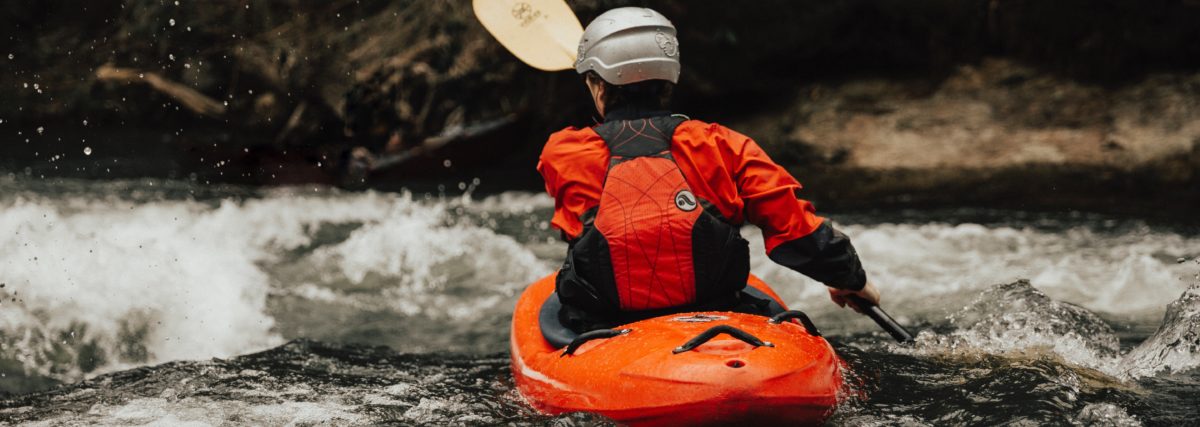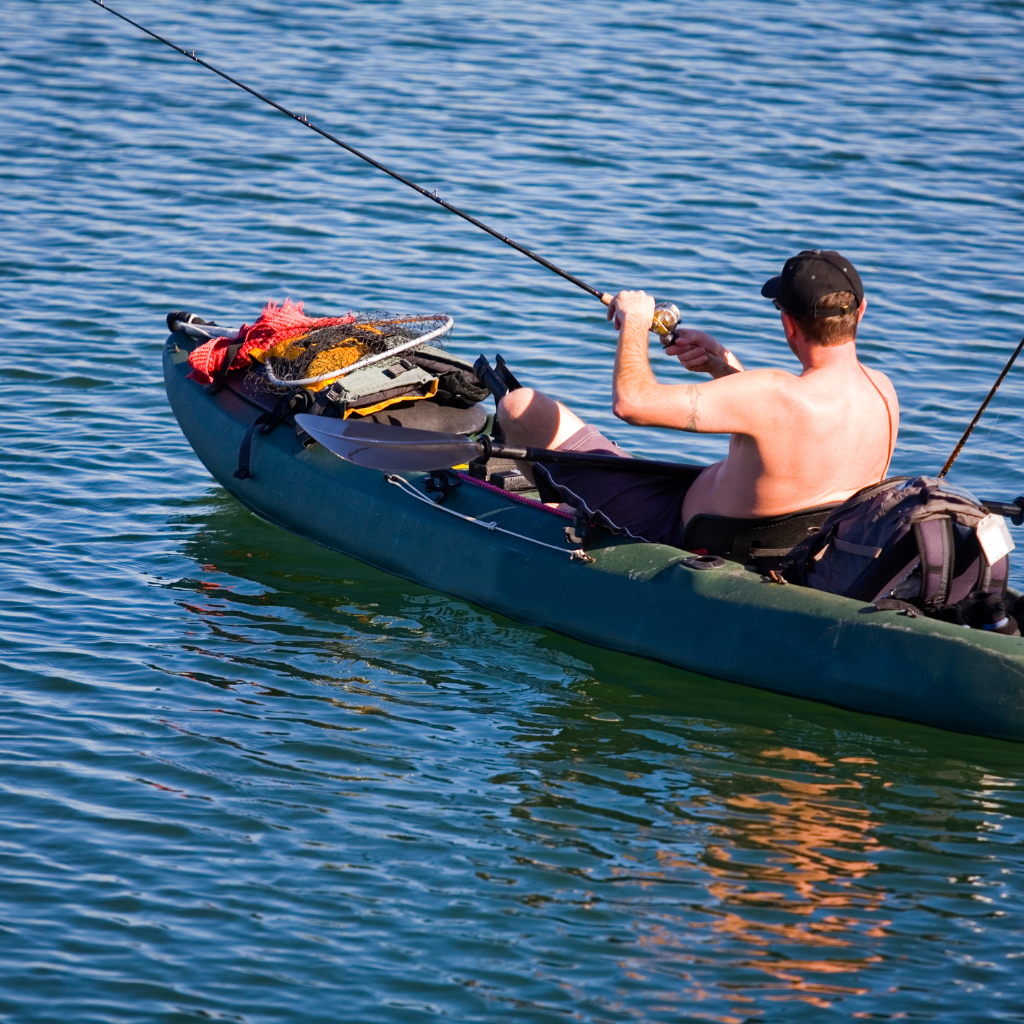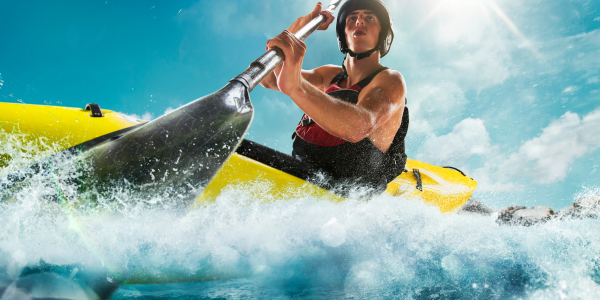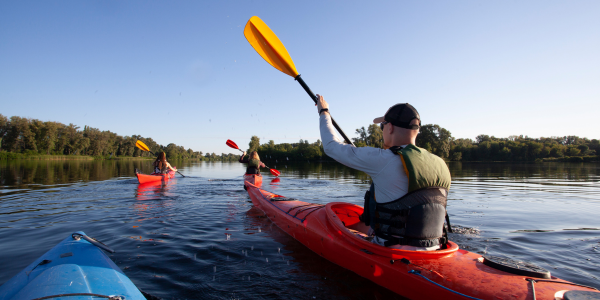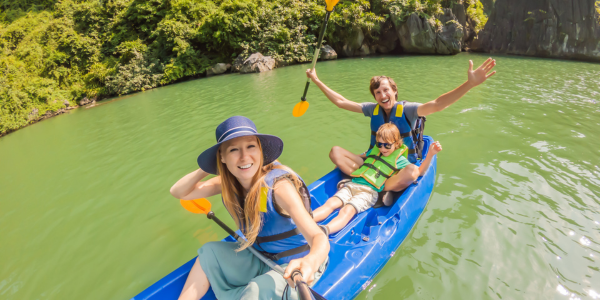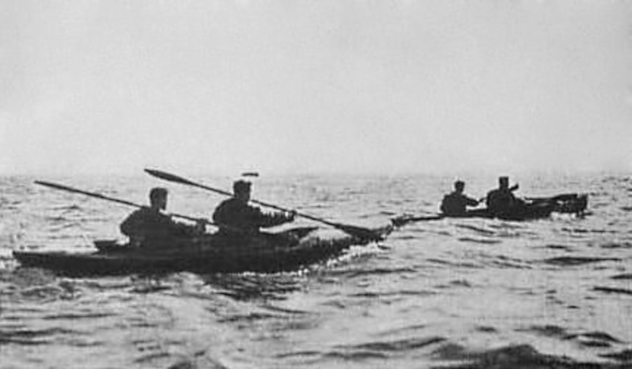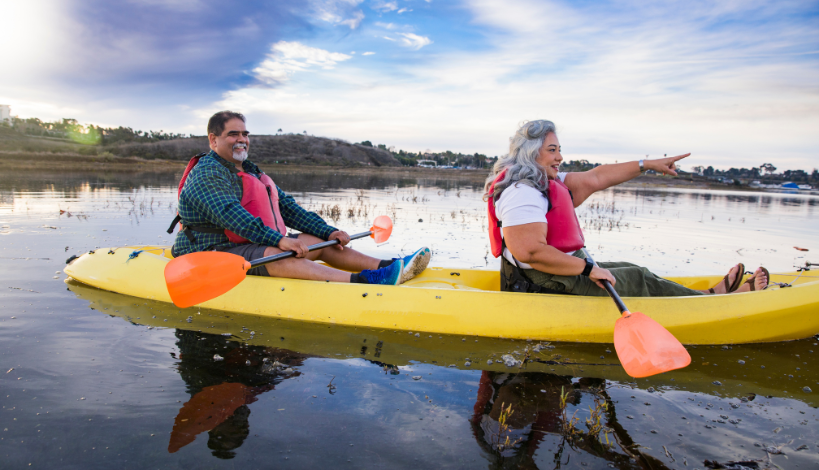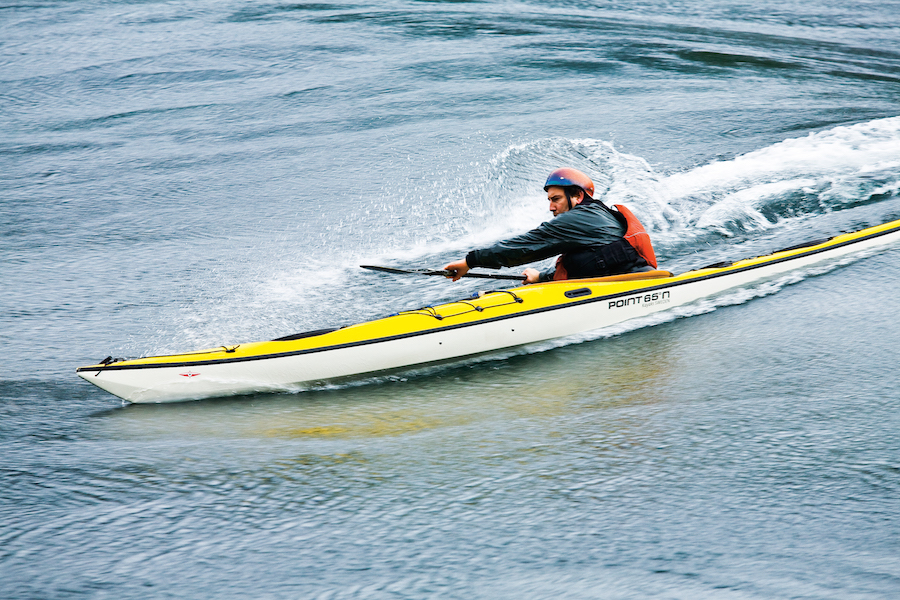Kayaking is a great way to get outside and enjoy some fresh air and exercise. Whether you’re just getting started or you’re an experienced kayaker, you need to know when the ideal time to hit the water is.
The ideal kayaking season is spring to fall depending on when summer and fall start in your local area.
In this blog post, we’ll discuss when kayak season starts, what to consider when going out on the water, and some tips for staying safe and comfortable during your adventures.
What Factors Determine The Start Of Kayaking Season?

There are various factors that determine the beginning of kayaking season such as water temperature, weather conditions, and your local regulations.
Kayaking season can vary depending on where you live and what type of water you’ll be paddling in. In general, kayak season starts in the spring and lasts until late fall.
The exact start and end dates may be different depending on the location, but here are some factors that can help determine the best time to kayak in your area:
Temperature

Kayaking can be uncomfortable during extreme temperature weather. In colder months, most people usually go kayaking during the afternoon. During the hotter months of the year, It’s best to go early in the morning or late in the day when it’s cooler.
Water Levels
Rain and temperature are the two main factors that can affect water level. Kayak season may be in full swing even if it is raining, but that doesn’t mean it’s safe to go paddling in the rain or during a thunderstorm. Make sure you check the forecast and water levels before heading out.
Wildlife
During the summer months, there may be more fish and other wildlife in the water, which could make the paddling experience even more interesting. But be especially careful and heed any warnings about sharks, poisonous jellyfish, or other dangerous animals in the water.
Crowds
Depending on the location, kayak season can be busier on weekends, in summer, and on holiday weekends. If you prefer a quieter and more peaceful kayaking experience, try paddling in the early morning or on weekdays.
When Does Kayaking Season End?

Kayaking season usually ends in the fall when temperatures start to drop and rivers, lakes, and bays begin to freeze. The exact end date may vary depending on your location but it’s generally a safe bet to plan your kayaking trips before late October or early November.
Dangers of Kayaking in Temperatures Below 40 Degrees
Kayaking in cold weather is a great way to get out on the water when it would otherwise be too cold to do so. But there are some risks associated with paddling in temperatures below 40 degrees.
Here is the list of risks:
Hypothermia
The most serious risk associated with cold weather kayaking is hypothermia. It’s important to dress appropriately and bring along extra layers in case you get wet or the temperature drops suddenly.
Falling through thin ice
Ice can form on lakes and rivers, creating a hazard for paddlers. If you do come across any ice, it’s important to be aware of the thickness and stability of the ice before paddling through.
Cold water shock
When entering cold water suddenly, a person can experience an involuntary gasp reflex which can lead to drowning. Make sure everyone in your group knows how to properly enter cold water and take precautions if necessary.
What Months are Best for Kayaking?
Most people tend to go kayaking from April to September when temperatures are more moderate and the water is calm. But every location has its own unique weather conditions, so you should consider your local climate before planning a kayaking trip.
Is 65 Degrees Too Cold to Kayak?
It depends on the person. Some people are comfortable kayaking in temperatures as low as 65 degrees while others might find it too cold. Be sure to dress appropriately and bring a few extra layers of clothing if you’re paddling in cold weather.
One way to test is to go outside and see how you feel after 10-15 minutes. If your body starts to get cold, it might be best to wait until the temperature rises a bit before going kayaking.
What Temperature is Too Cold for Kayaking?
Again, this can vary from person to person. Most experienced kayakers agree that temperatures below 45 degrees may be too cold for a comfortable paddling experience.
Most people opt to kayak in temperatures between 60-80 degrees, when the water is still warm enough and there’s no risk of hypothermia.
Can You Kayak in 40 Degree Weather?
Kayaking in 40 degree weather is possible but it’s not recommended. For me, anything under 65 degrees feels too cold!
The water temperature will likely be much lower than the air temperature, which can put you at risk of hypothermia and other cold-weather related illnesses. Make sure to dress appropriately and bring extra layers if you plan on paddling in colder temperatures.
When is Kayak Season in California?
Kayak season in California typically starts in late April and ends in early November.
The exact start and end dates may vary depending on the area, but most people tend to go kayaking from late spring to early fall when the weather is milder. Be sure to check your local weather forecast before hitting the water.
When is Kayak Season in Colorado?
Similar to a few other states, the kayak season in Colorado typically starts in April and lasts through November. Be sure to check your local weather forecast and test the water before committing to a kayaking trip!
When is Kayak Season in Florida?
The kayak season in Florida typically starts in February and lasts through October.
When is Kayak Season in Texas?
Like Florida, the kayak season in Texas typically starts in February and lasts through October.
Conclusion
Getting started with kayaking can be an exciting way to connect with the natural world and challenge your physical limits. Knowing when kayak season starts and the factors to consider will help you both enjoy your time on the water and stay safe and comfortable.
Be sure to make the most of these adventure-laden experience and stay open to the possibility of learning as much as you can.
